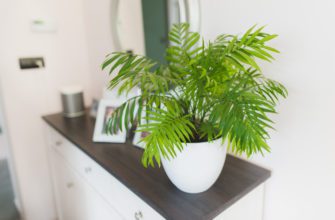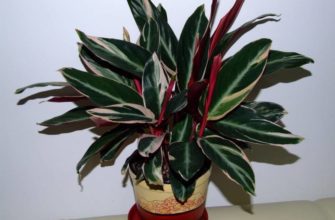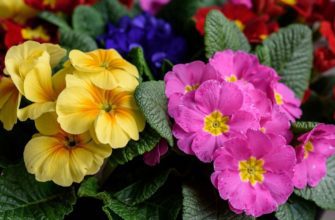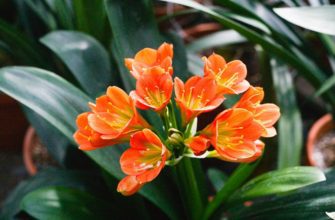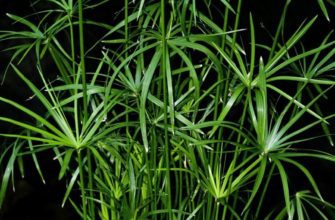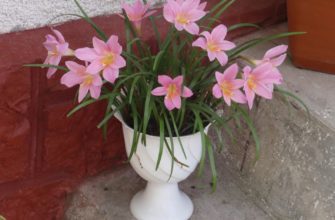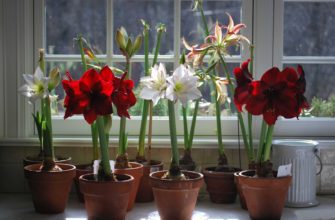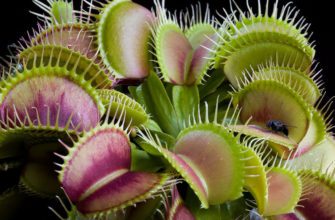Oleander is a magnificent indoor plant that has unique beauty and appeal. Its exquisite flowers and fragrant foliage make it a popular choice among flower lovers and gardeners. In this article, we will dive into the amazing world of oleander, consider its variety of varieties, features of growing and caring for it at home, and also learn how to get magnificent flowering and successfully propagate this beautiful plant.
Oleander is a plant with a bright and attractive appearance. Oleander flowers can be varied in shape and color, including shades from white and pink to red and orange. They are often presented in the form of large and double flowers that attract attention and create a spectacular accent in the interior.
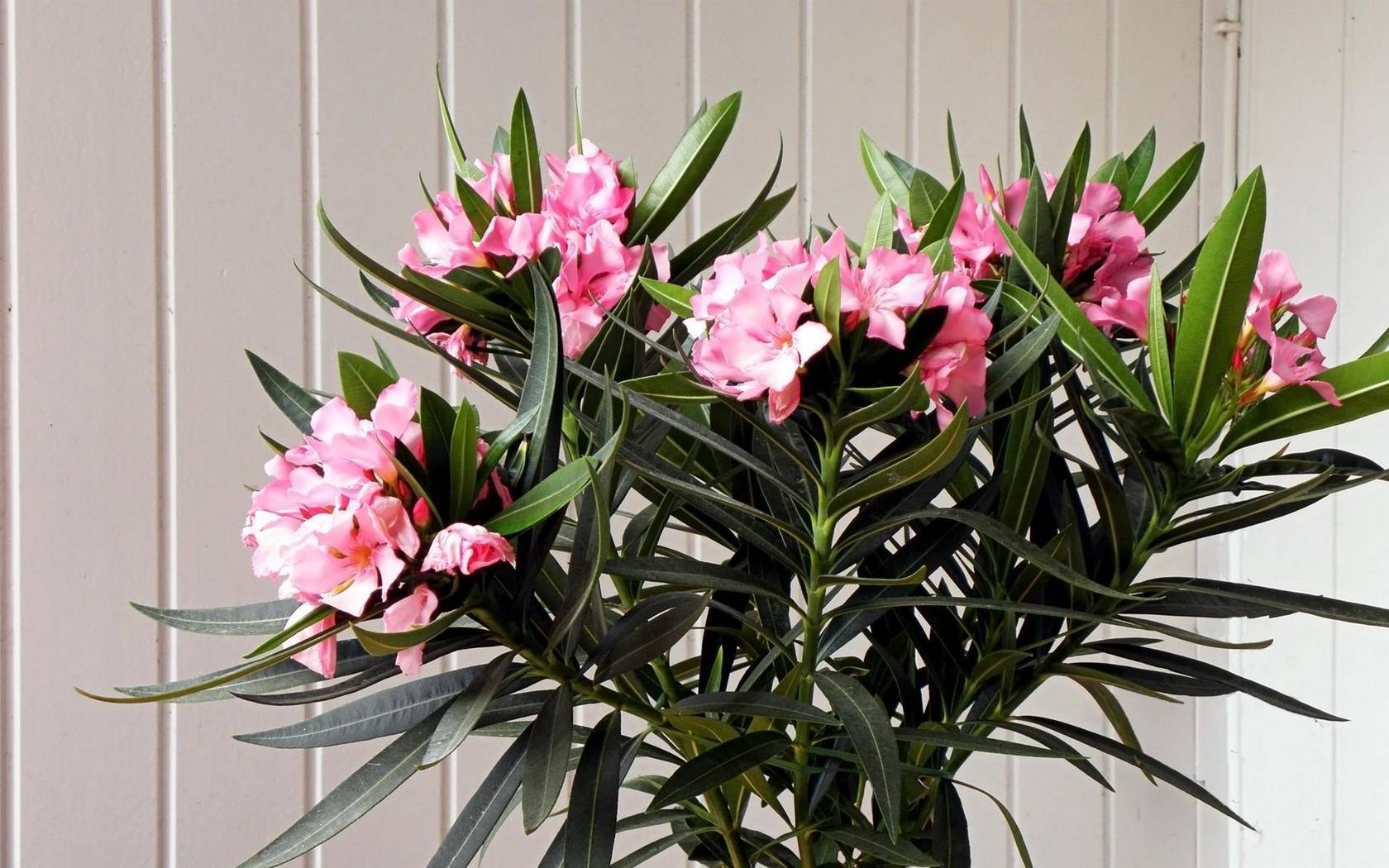
- Getting to Know Oleander as a Houseplant
- Oleander: general information and description of the plant
- Growing Oleander as a Houseplant
- Proper fertilization and feeding of oleander
- Propagation of oleander by cuttings
- Oleander flowering and its features
- Possible diseases and ailments
- The Importance of Oleander in Home Design
Getting to Know Oleander as a Houseplant
Getting to know oleander as a houseplant opens up a wonderful world of grace and elegance. Oleander, or Nerium oleander, is an evergreen plant with beautiful flowers that capture the eye and create an atmosphere of luxury and beauty in any room.
One of the main advantages of oleander as a houseplant is its magnificent flowering. Oleander flowers can be varied in shape and color, including shades from white and cream to pink, red and orange. They usually have a double structure, which gives them a special charming look. Oleander flowering can continue for a long time, delighting the eye with its beauty and brightness.
Oleander also has attractive foliage. Its leaves are narrow, leathery and shiny, creating a spectacular contrast with the bright flowers. Combined with the flowers, they give the oleander a special elegance and style.
Another advantage of oleander as a houseplant is its relative unpretentiousness and ease of care. Oleander can adapt to various indoor conditions and does not require frequent watering.
It prefers bright places with good lighting, but can also grow in partial shade. It is important to remember that oleander is poisonous, so you should take precautions when handling the plant and make sure it is kept out of the reach of children and pets.
In addition, oleander has a certain meaning in the symbolism and culture of various peoples. It is associated with beauty, love and elegance. In some cultures, oleander is considered a symbol of strength and endurance.
Getting to know oleander as a houseplant gives you the opportunity to enjoy its exquisite beauty and create an atmosphere of luxury and comfort in your home. This plant will be a wonderful decoration for any interior and will allow you to enjoy its beauty and magnificent flowers for a long time.
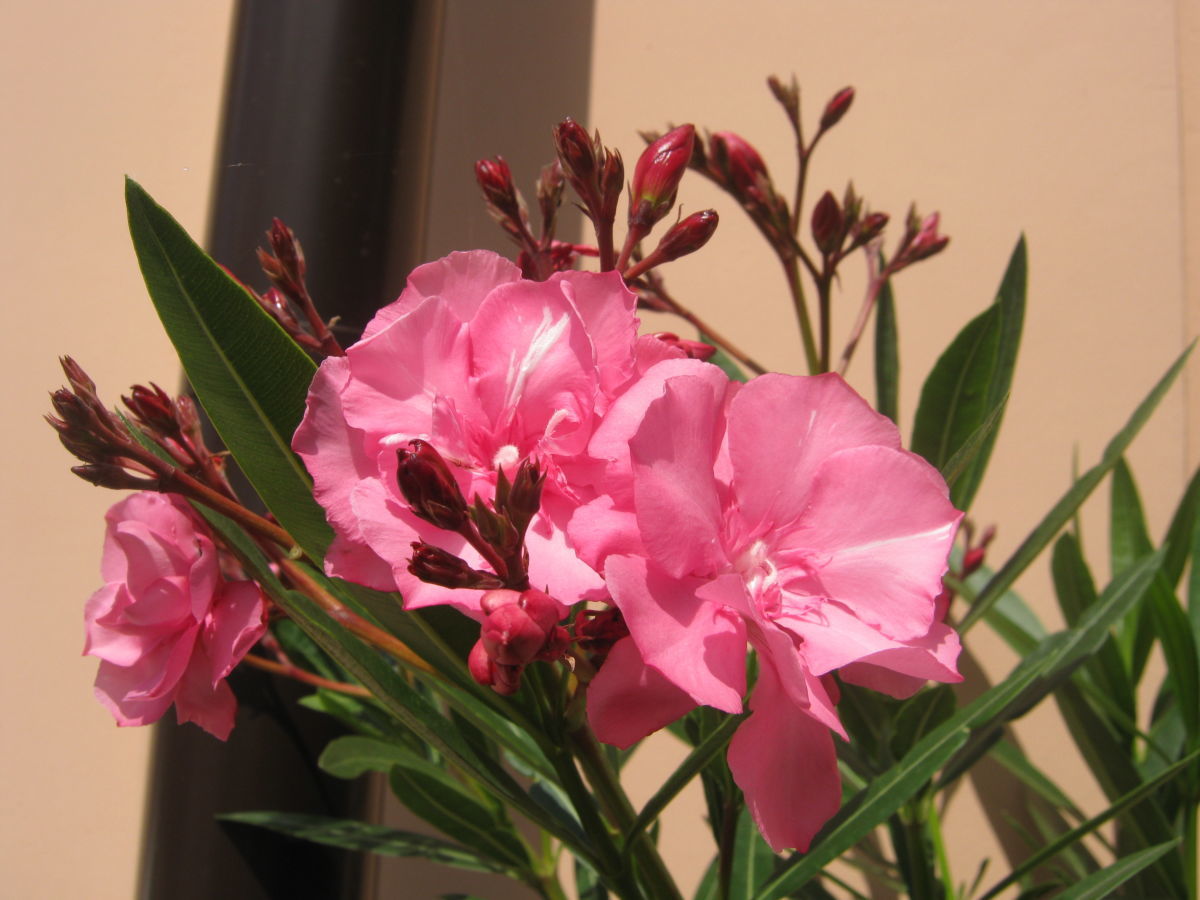
Oleander: general information and description of the plant
Oleander (lat. Nerium oleander) is a bright flowering shrub belonging to the family of lobed (Apocynaceae). It is an evergreen or semi-evergreen plant that is often used to decorate gardens, parks, alleys, terraces and balconies.
The height of the oleander can reach up to 4 meters, but usually it grows to 2-3 meters. The leaves of the oleander are dark green, narrow and long, usually have a length of 10 to 30 cm. The flowers of the oleander are about 5 cm in diameter, narrow and long, usually have a fairly bright color: white, pink, red, yellow or orange. They are located in racemes and can bloom from mid-spring to late summer.
Oleanders can grow as shrubs or small trees, they are easy to trim and shape. The plant does not require special regular care and is resistant to adverse conditions: drought, heat, soil salinity, low temperatures and diseases.
However, it should be remembered that all parts of the plant, including flowers and leaves, are poisonous, so caution is needed to avoid possible poisoning.
In religious symbolism and cultural contexts, oleander is associated with love, endurance, and vitality. The ancient Greeks and Romans believed that oleander could protect against the evil eye and evil spirits, and it is also mentioned in literature and art as a symbol of eternal beauty and Greek mythology.
Overall, oleander is a wonderful landscaping plant that makes anyone enjoy its breathtaking beauty.
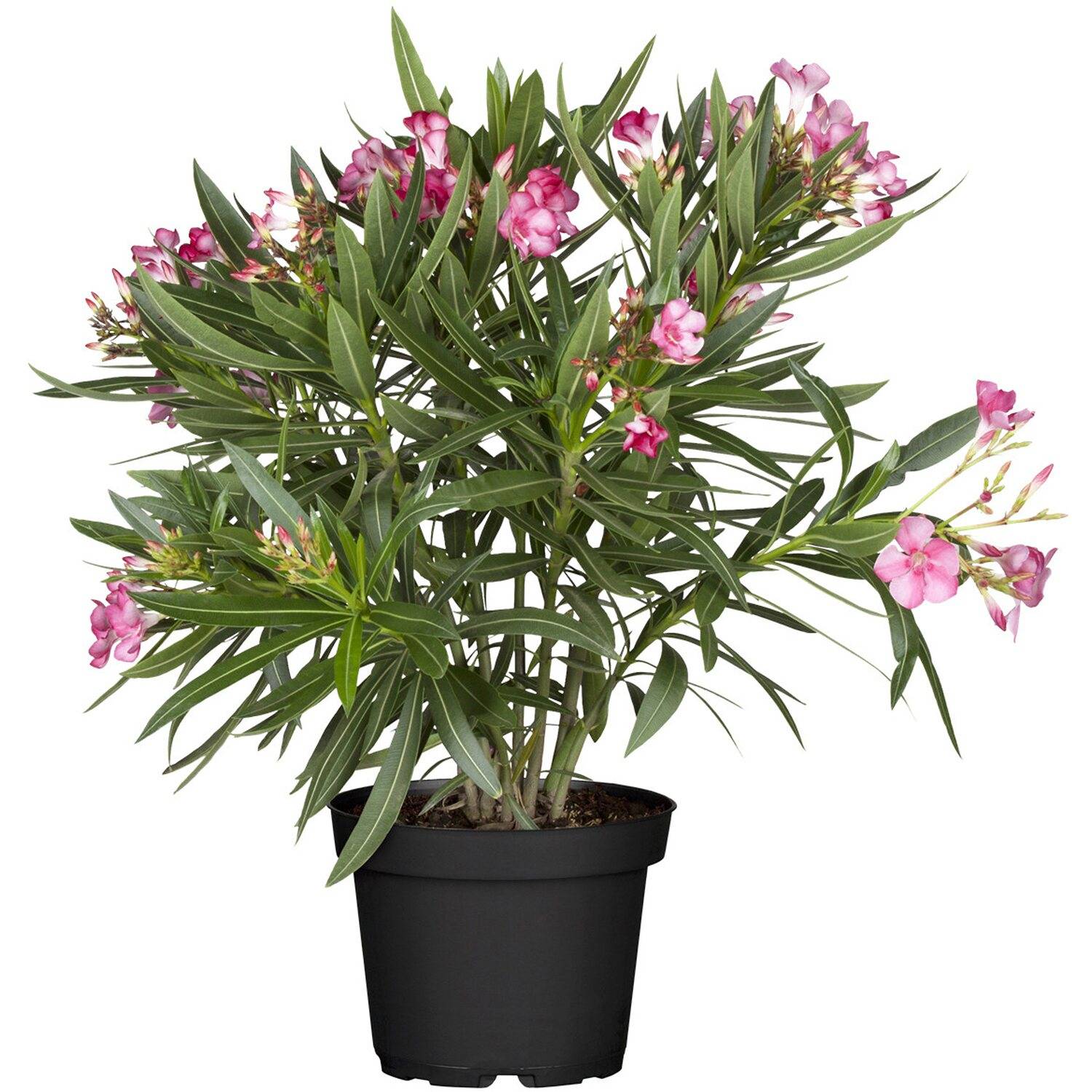
Growing Oleander as a Houseplant
Growing oleander as a houseplant is a fun process that allows you to create a beautiful corner of nature in your home with vibrant flowers and elegant greenery. Oleander, or Nerium oleander, is an evergreen plant with attractive flowers that can delight the eye with their beauty for a long time. Here are some key aspects of growing oleander as a houseplant:
- Lighting: Oleander prefers a bright, light place, but protected from direct sunlight. Place it near a window with good lighting or in a bright place indoors. If you do not have enough light indoors, you can use additional lighting with phytolamps or blue and red spectrum lamps.
- Temperature: Oleander prefers moderate temperatures ranging from 18°C to 25°C. Avoid sudden temperature changes and protect the plant from drafts.
- Watering: Oleander does not require frequent watering, but regular soil moisture is important. Water the plant when the top layer of soil is dry, but avoid overwatering. Make sure the pot has drainage holes to avoid stagnant moisture, which can lead to root rot.
- Soil and pot: Oleander prefers light, well-drained soil. Use specialized soil for flowering houseplants or create a mixture of sand, peat and perlite to ensure good drainage. Choose a pot with drainage holes to avoid water retention.
- Fertilizer: Oleander requires regular fertilization to maintain healthy growth and abundant blooms. Use a general-purpose liquid fertilizer for indoor plants or a specialized fertilizer for flowering plants. Feed the plant during the active growth period, about once every two weeks.
- Trimming: Pruning oleander will help maintain its compact shape and encourage abundant flowering. Trim away dead and damaged branches, and trim the plant after flowering to form a bush. Be careful, as oleander is poisonous, use protective gloves when pruning.
- Transfer: It is recommended to repot oleander every 2-3 years. Repot the plant in a larger pot with new soil in spring or early summer. When repotting, pay attention to the roots of the plant and remove damaged or overgrown roots.
- Growth characteristics: It is important to note that oleander contains toxic substances, so care should be taken to ensure safety when handling the plant. Keep it out of reach of children and pets, and avoid eating any of its parts.
Growing oleander as a houseplant is a great way to add beauty and vibrancy to your home. By following the lighting, watering, fertilizing, and care guidelines, you can enjoy its beautiful flowers and exquisite greenery for a long time.
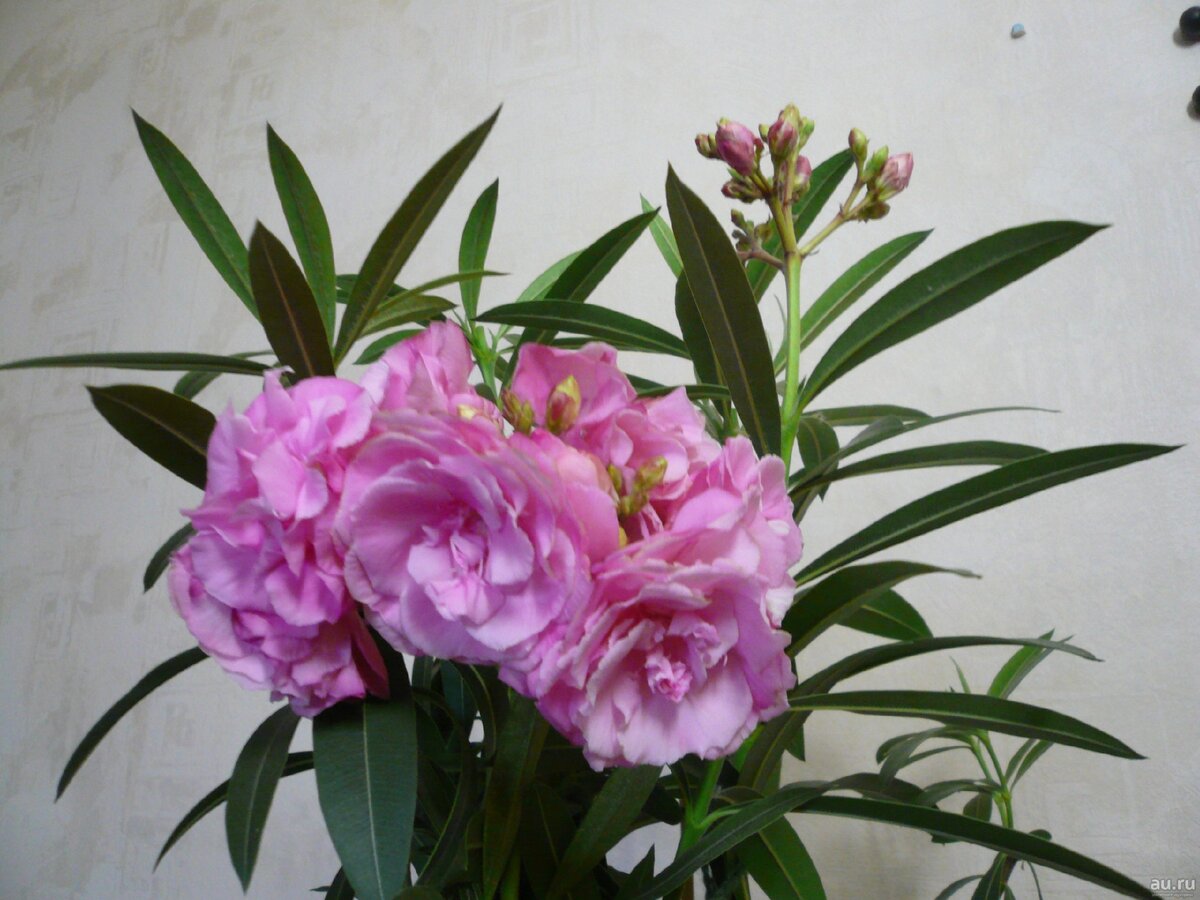
Proper fertilization and feeding of oleander
Oleander is an unpretentious plant that requires minimal care. However, it is important to provide it with enough nutrients for growth, flowering and strengthening the immune system. Here are some recommendations on how to properly fertilize and feed oleander:
- Selection of fertilizers. Oleander is suitable for mineral and organic fertilizers. It can receive standard fertilizers for flowering plants containing nitrogen, phosphorus and potassium. You can also use fertilizers containing microelements such as iron, magnesium and manganese.
- Feeding time. Oleander can be fed twice a year - in spring and summer. In spring, fertilizing will help the plant wake up faster after winter and prepare for growth and flowering. In summer, fertilizing will help support flowering and give the oleander enough strength to meet the new winter.
- Amount of fertilizer. The amount of fertilizer depends on the type and concentration of the fertilizer itself, as well as the size of the oleander. In general, the standard dose is 1-2 tablespoons per square meter in spring and summer.
- Method of feeding. Fertilizer can be applied to the soil around the trunk, or you can water the plant at the root. It is also important to make sure that the fertilizer is evenly distributed in the soil.
- Be careful not to overwater. Oleander does not like waterlogged soil, so do not apply too much fertilizer in the hope of increasing the yield or color. Monitor the condition of the soil, it should be moist, but not flooded.
By following these guidelines, you will ensure that your oleander is properly fertilized and fed, allowing it to thrive and delight the eye with its vibrant blooms.
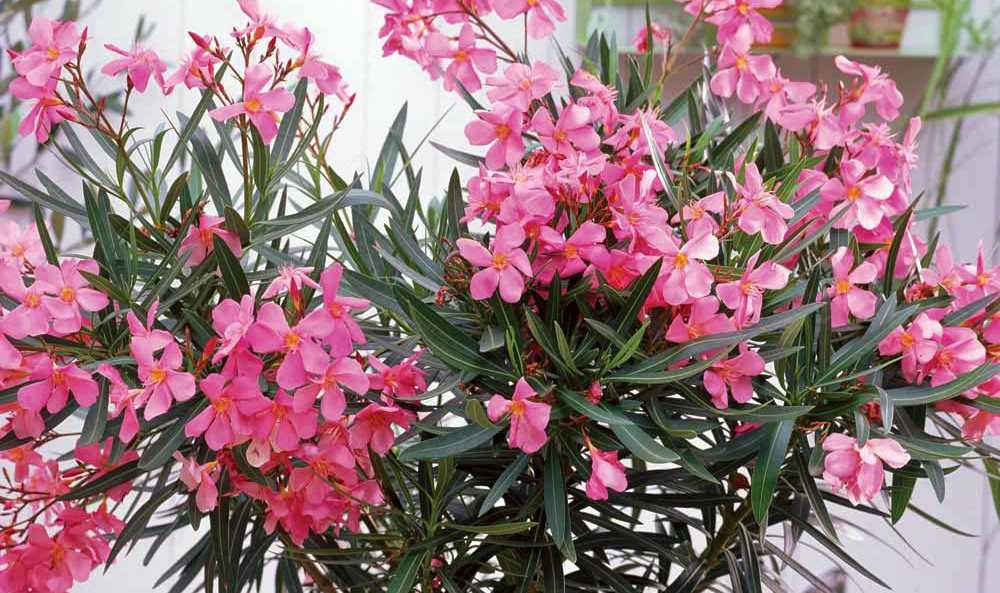
Propagation of oleander by cuttings
Propagation of oleander by cuttings is a fun and effective way to obtain new plants and preserve the unique properties of oleander. Cuttings are a popular method of propagating oleander, as it allows you to preserve the genetic identity of the mother plant.
Here are some key steps and tips for successfully propagating oleander from cuttings:
- Preparing cuttings: Select healthy and strong oleander stems to take cuttings. The best time to take cuttings is spring or early summer. Choose stems that are about 10-15 cm long, undamaged, and with several nodes on them. Make sure each cutting has several pairs of leaves.
- Soil preparation: Prepare light and well-drained soil for planting cuttings. You can use specialized soil for plant propagation or create a mixture of sand and peat. It is important to ensure good drainage to avoid stagnant moisture, which can lead to rotting of the cuttings.
- Planting cuttings: Remove the lower leaves from the cutting, leaving only the top 2-3 pairs. This will help focus the plant's energy on root development. Insert the cuttings into the soil to a depth of about half and compact the soil around them to ensure good contact. It is recommended to plant several cuttings in one pot to increase the chance of successful rooting.
- Creating a greenhouse: After planting the cuttings, create greenhouse conditions for them. Cover the pot or container with cuttings with a plastic bag or use a mini greenhouse. This will help maintain high humidity and create a microclimate that promotes root development.
- Care and rooting: Check the soil moisture regularly and keep it moderately moist, avoiding overwatering. Keep the greenhouse in a bright but indirect sunny position. Within a few weeks or months, depending on the conditions and the variety of oleander, the cuttings will begin to develop roots and root. You can check for rooting by gently tugging on the cutting - if it does not resist, it has rooted.
- Transplanting rooted cuttings: Once the cuttings have successfully rooted, you can transplant them into individual pots with soil for adult plants. Provide them with a bright place and continue to care for them, maintaining optimal conditions of watering, lighting and fertilizing.
Propagating oleander by cuttings is a fun and affordable way to get new plants. By practicing this method, you can preserve the unique properties of oleander and expand your collection of indoor flowers.
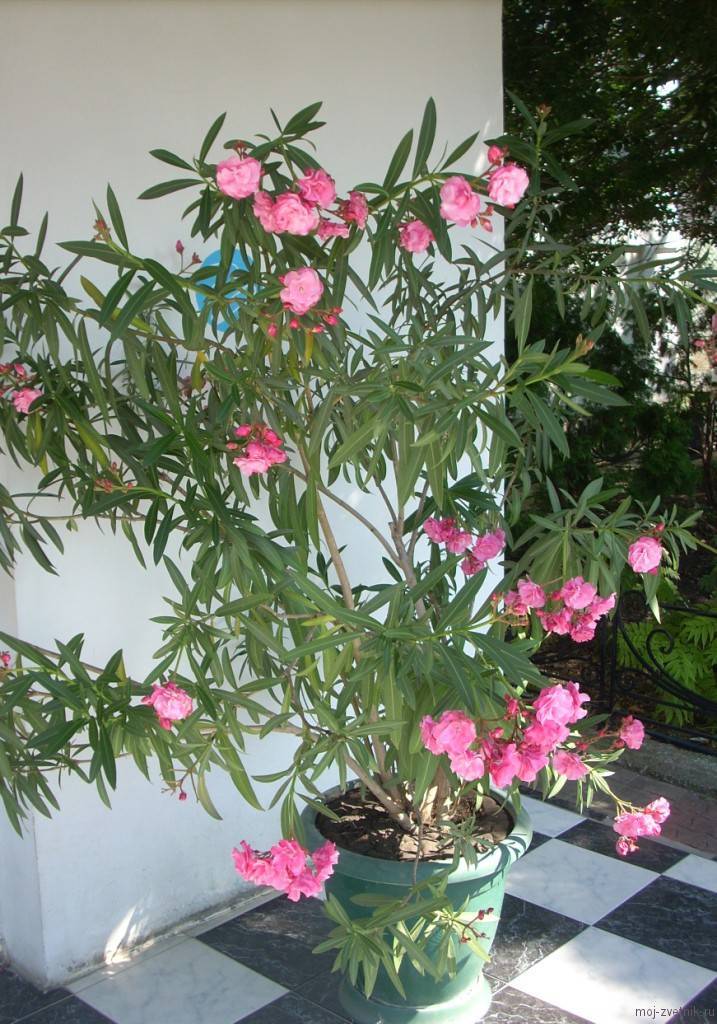
Oleander flowering and its features
Oleander is a flowering shrub that is known for its vibrant and long-lasting blooms. Oleander blooms begin in late spring and continue into early fall, making it one of the longest-blooming plants. Here are some of the characteristics of oleander blooms:
- Duration of flowering. Oleander can bloom for up to 5 months, making the plant very popular in gardening. Blooming begins in late spring and continues until early autumn, allowing you to enjoy the bright bloom of oleander for a very long time.
- Brightness of colors. One of the main features of oleander flowering is the brightness of its flowers. Oleander flowers are white, red, pink, orange and salmon. They are quite large and are a decorative element of the plant.
- Abundance of flowers. Oleander has an abundance of flowers, which are located in brushes at the ends of the stems. Usually, each brush contains up to 15 flowers, which makes the oleander very bright and beautiful.
- Flowering on new and old branches. Oleander flowers on both new and old wood. This means that the plant can flower even after heavy pruning, and that oleander can be shaped into various shapes and sizes without losing its flowering appearance.
- Bee pollination. Oleander is a valuable plant for bees and other pollinating insects. Insects that feed on oleander nectar and pollen help to effectively pollinate nearby plants.
The general characteristics of oleander bloom indicate that it is a beautiful shrub that can be used to create colorful outfits or flower arrangements in the garden. However, it is worth remembering that oleander contains toxic substances, so you should be careful when in contact with it.
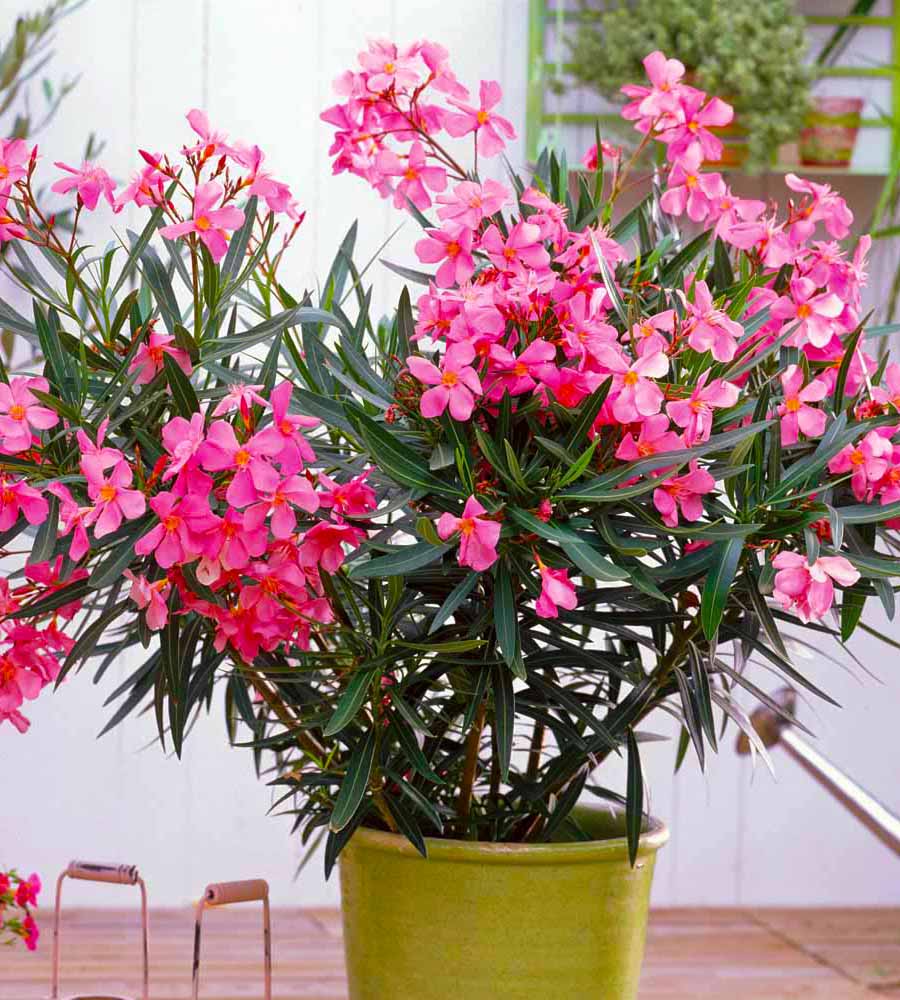
Possible diseases and ailments
Oleander is a fairly hardy and undemanding plant, but some diseases and pests can affect it. Here are some possible diseases and ailments of oleander:
- Powdery mildew. This is one of the most common diseases of oleander. It manifests itself as a white coating on the leaves and stems. Powdery mildew causes the leaves to wilt, reduces the yield and can lead to the death of the plant. It is recommended to use chemical or biological means to get rid of this disease.
- Blackleg. This disease causes the roots and stems to rot, which results in black spots on the roots and stems. The plant begins to turn yellow and wither, and then dies completely. This disease usually occurs due to waterlogged soil. It is recommended to use biological or chemical means to combat it.
- Bacterial rot. This disease manifests itself as brown spots on leaves and stems, and also leads to the death of the plant. Bacterial rot can be controlled with chemical or biological means.
- Aphids. Aphids can be harmful to oleander, they feed on the plant's juices and can cause it to wilt and reduce yields. Chemical or biological agents are used to combat aphids.
- Spider mite. Spider mites can be harmful to oleander, they feed on the plant's juices, weakening it and causing it to wither and die. To combat this pest, it is recommended to use chemical or biological agents.
All these diseases and ailments can be prevented if you follow the rules of oleander care, remove diseased or damaged parts of the plant, and use special tools and protective equipment. If a problem occurs, it is best to contact professionals or plant care specialists.
The Importance of Oleander in Home Design
Oleander, with its elegant flowers and exquisite greenery, has a significant role in home design. Here are some aspects that highlight its importance and contribution to creating an attractive atmosphere in the interior:
- Beauty and decorativeness: Oleander is a source of unrivaled beauty and elegance. Its bright and varied flowers and glossy green leaves create a spectacular and attractive sight. It can become a magnificent accent and center of attention in the interior, attracting attention and giving the room a special atmosphere.
- Natural harmony: Oleander is a part of nature that we can bring into our homes. The presence of plants in the interior creates a sense of harmony with nature and gives the room freshness and vitality. Oleander brings naturalness and liveliness to the space, making it more cozy and attractive.
- Visual effects: Oleander can be used to create a variety of visual effects in home design. It can be used to create vertical compositions, various shapes and textures. Tall varieties of oleander can serve as decorative screens or partitions, dividing space and giving it structure. In addition, oleander can be used in combination with other plants and decorative elements to create unique compositions and focal points in the interior.
- Improving air quality: Oleander not only adds beauty and aesthetics to the home interior, but is also a useful plant for air purification. It is able to absorb harmful substances from the air and release oxygen, which can create a healthier and fresher atmosphere in the room.
- Psychological well-being: Plants, including oleander, can have a positive effect on our psychological state. Research shows that being around plants can reduce stress levels, improve mood, and increase productivity. Oleander, with its beautiful flowers and living greenery, can create positive emotions and improve the overall atmosphere in the home.
Overall, oleander is of great importance in home design. Its beauty, decorativeness, visual effects, as well as its ability to purify the air and create a favorable atmosphere make it an important and attractive plant for creating a stylish and harmonious interior.

